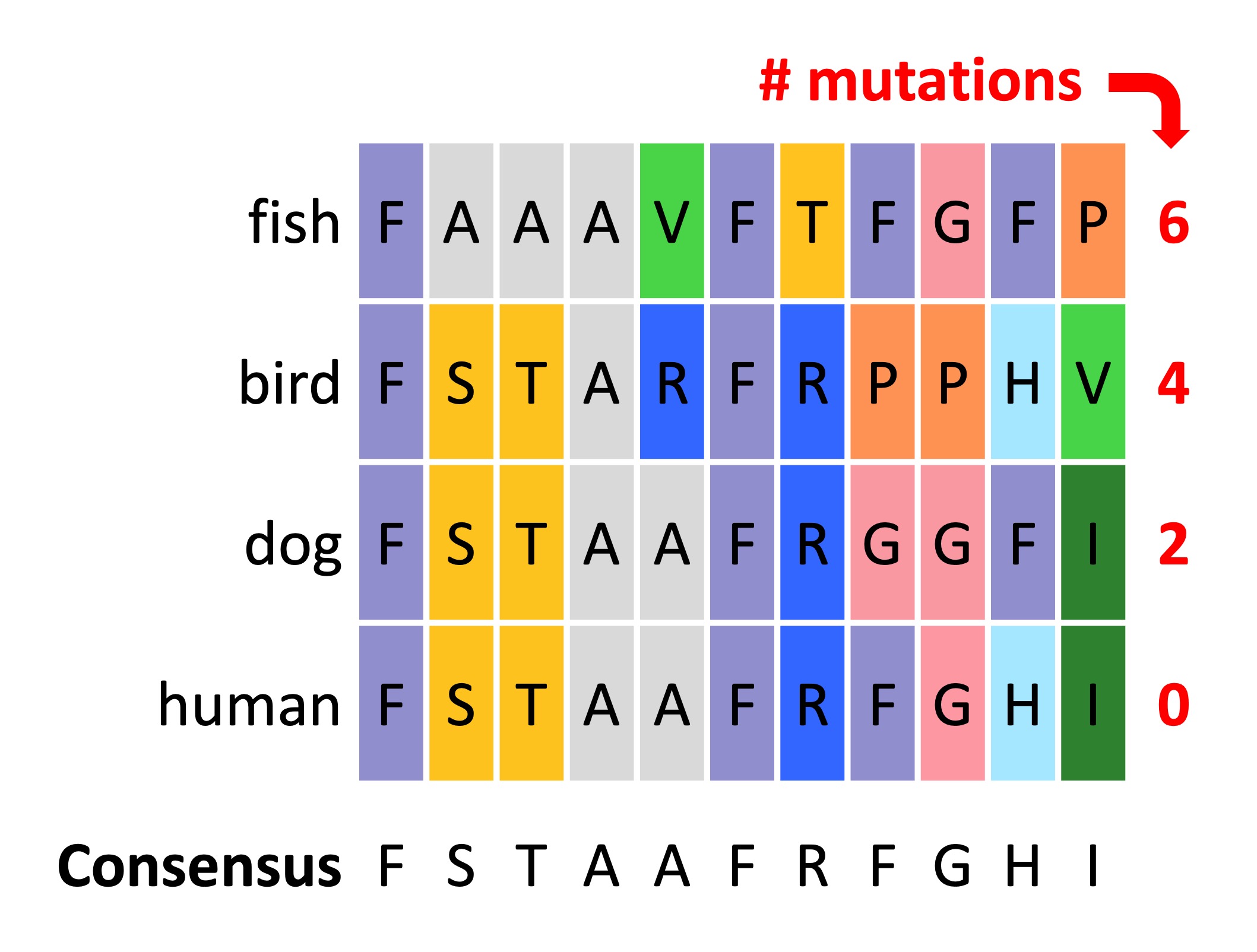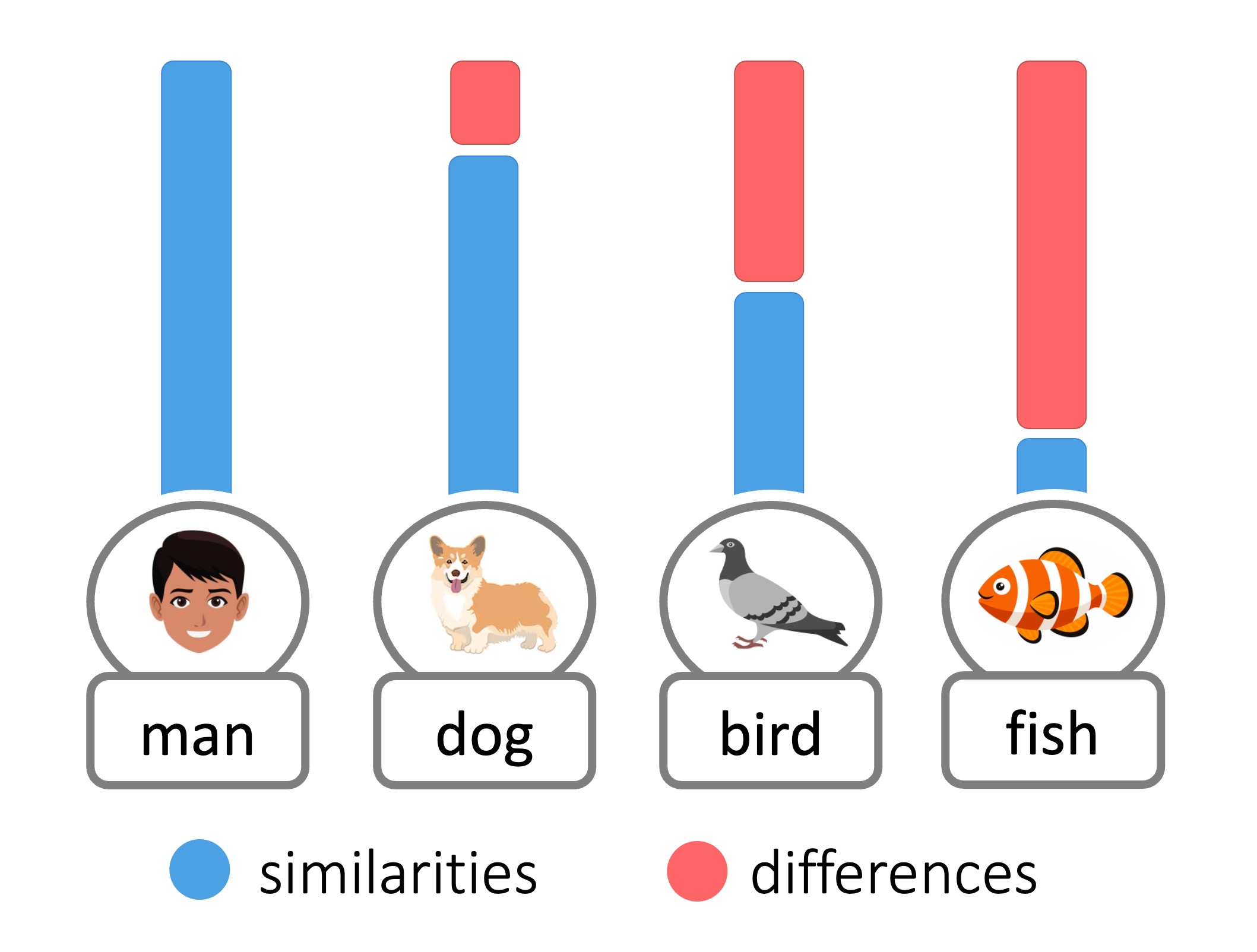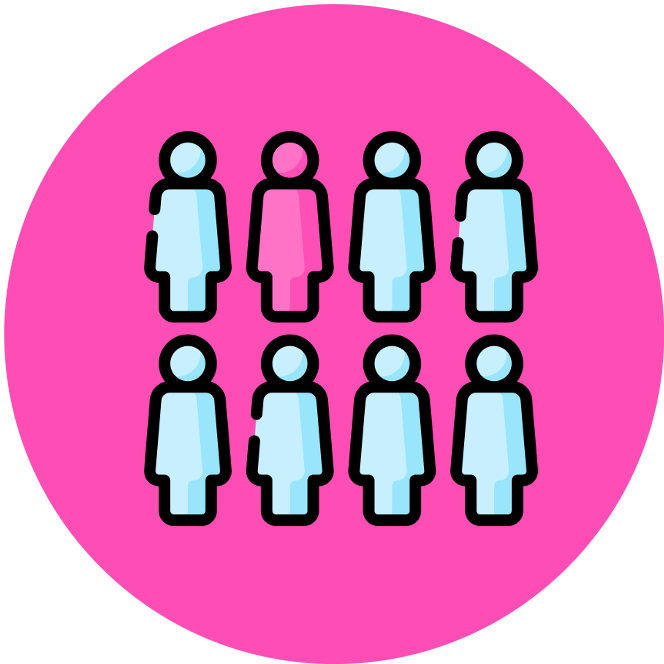

Phylogenetics
Due to the limitations associated with taxonomic systems based on structures, scientists now commonly use evolutionary relationships as a basis for classification
-
Every organism that has evolved from a common ancestor is included within the same taxonomic group
There are a number of advantages to classifying organisms according to evolutionary relationships
-
Scientists are not limited to an arbitrary number of classification levels when attempting to assign distinguishing components
-
Assessments are less subjective and unlikely to result in misclassifications (such as incorrectly classifying based on analogous structures)
-
Classification schemes can be more specific and allow for more accurate predictions of features (can reflect the gradation of variations)
The determination of evolutionary relationships between species is called phylogenetics, while the specific organisation of these species into classification systems is called cladistics
Phylogenetic Classification
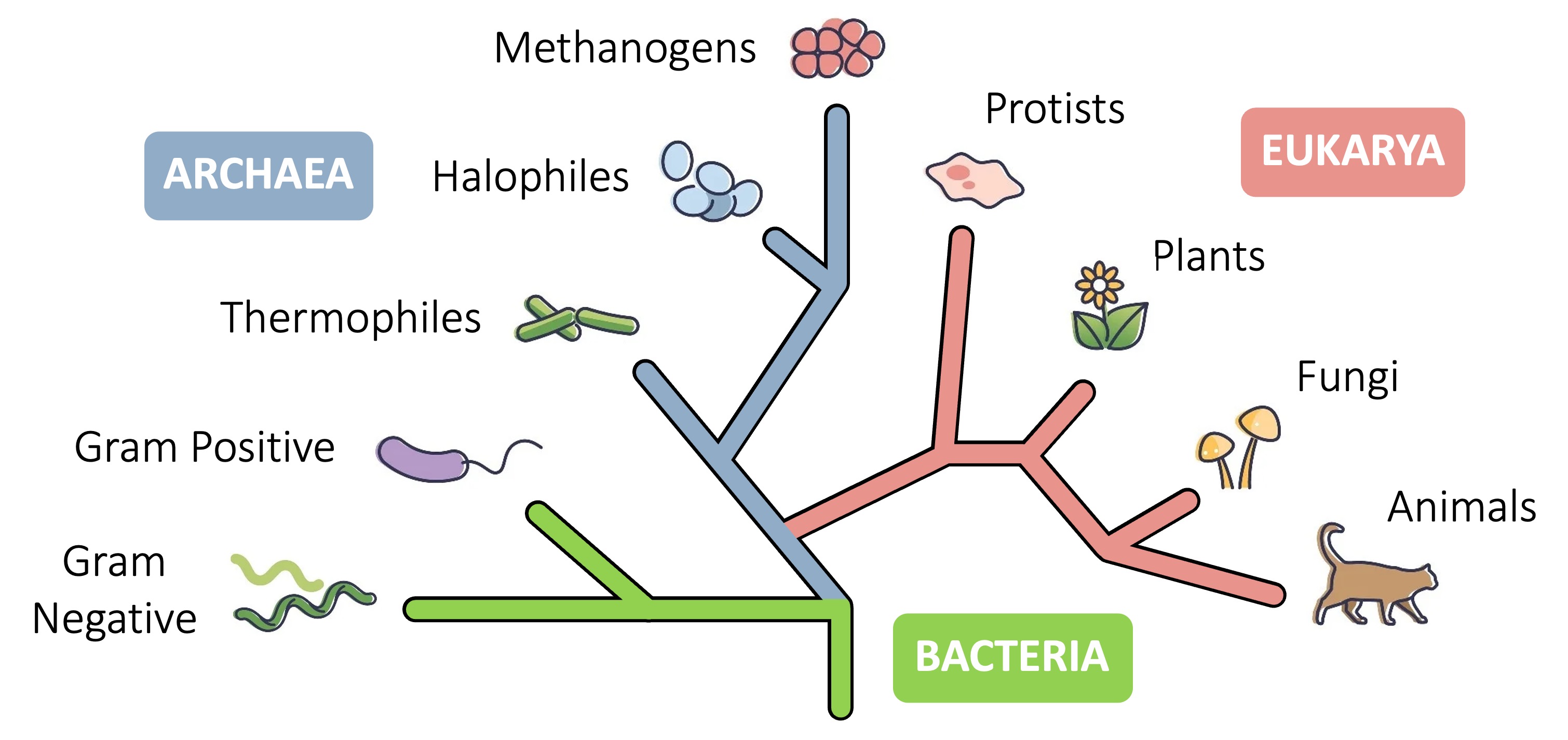
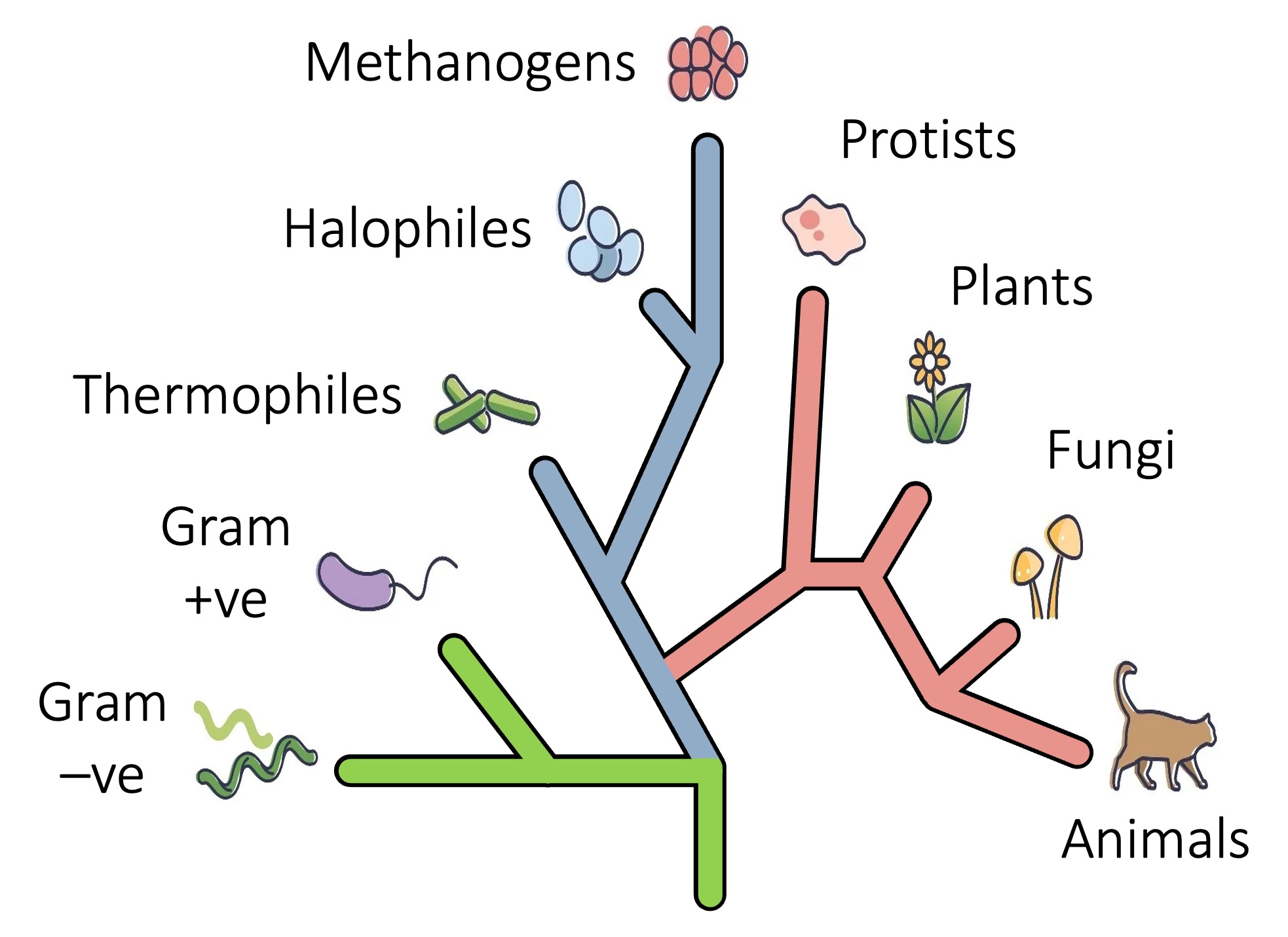
Molecular Sequences
Evolutionary relationships can be determined by comparing the molecular sequences of organisms
-
Over the course of millions of years, mutations will accumulate within any given molecular sequence (DNA or protein)
-
The number of differences between comparable base sequences demonstrates the degree of evolutionary divergence
-
A greater number of differences between comparable base sequences suggests more time has past since two species diverged
-
Hence, the more similar the base sequences of two species are, the more closely related the two species are expected to be
When comparing molecular sequences, scientists may use non-coding DNA, gene sequences or amino acid sequences
-
Non-coding DNA provides the best means of comparison as mutations will occur more readily in these sequences
-
Gene sequences mutate at a slower rate, as changes to base sequence may potentially affect protein structure and function
-
Amino acid sequences may also be used for comparison, but will have the slowest rate of change due to codon degeneracy
Evolutionary patterns can be represented via tree-like diagrams called cladograms (or phylogeny trees)
-
Amino acid sequences are typically used to compare distantly related organisms (i.e. different higher order taxa)
-
DNA or RNA sequences are often used to compare more closely related organisms (e.g. lower order taxa or haplogroups)
Parsimony Analysis
